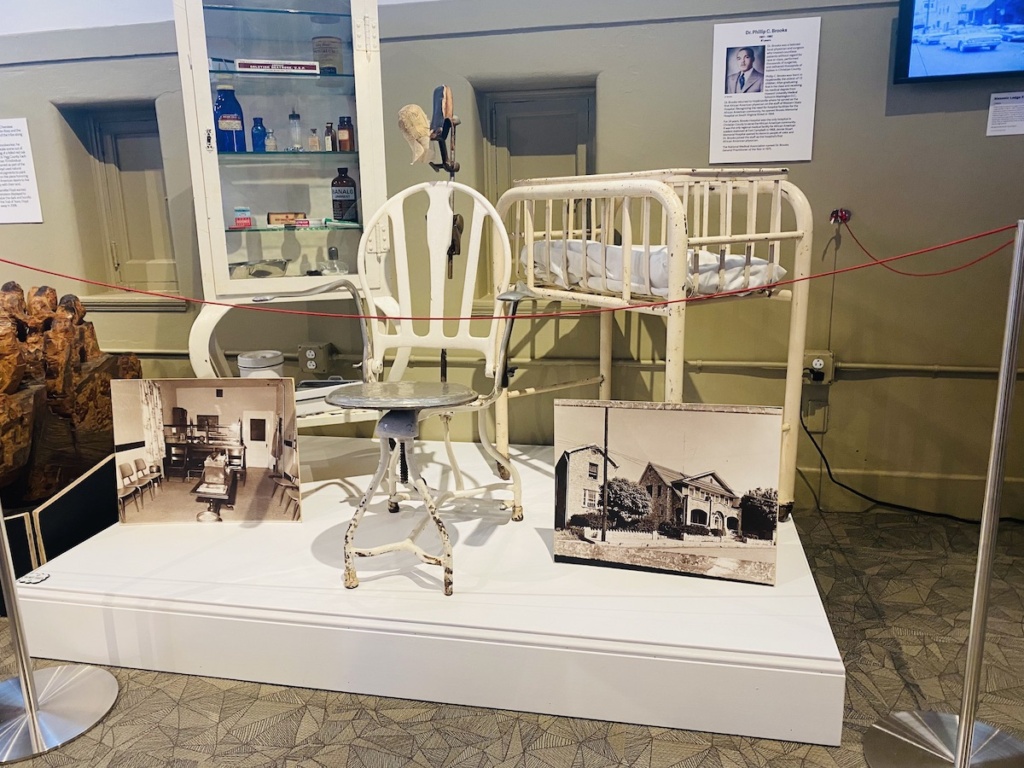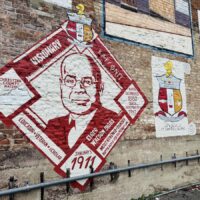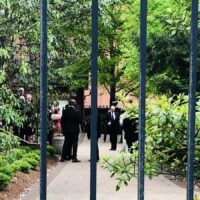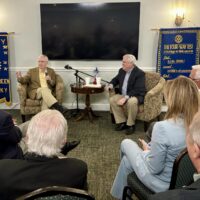In late August of 2003, I wrote a newspaper article about a retired furniture deliveryman who had quietly accumulated an impressive archive of Hopkinsville’s Black history. Robert Glass, 76, of Vine Street, had been saving the printed programs from the funerals of African Americans in the community for roughly 30 years.
The day I met Glass in his home, he had nearly 200 funeral programs — a collection that included thousands of biographical details of local teachers, ministers, store clerks, physicians, laborers, and homemakers. At the suggestion of a friend, he had started organizing the programs in notebooks to ensure they wouldn’t someday be lost or overlooked.
Three weeks after I wrote about Glass, he died of injuries from a car crash on North Main Street near city hall.
His collection survives today at the Pennyroyal Area Museum because of the diligence of staff member Marilynn Stokes, who saw the story about Glass and asked to make copies of the funeral programs.
Marilynn, who was the curator of collections, died in 2015. She worked at the museum for 25 years, and her influence is still evident in the breadth of artifacts, says Alissa Keller, the executive director of the Museums of Historic Hopkinsville-Christian County.
“Marilynn working here as long as she did was invaluable,” Alissa told me recently.
We had been talking about the importance of Black history artifacts, given Hopkinsville’s unique status as one of Kentucky’s most racially diverse communities.
In 2019, when the museum went through a major renovation that resulted in a new exhibit design, I think the downtown facility emerged with a more inclusive story to tell.

Many of the museum’s most treasured artifacts are obviously noteworthy for Black History Month, but as Alissa explains, they are part of the permanent display because they are relevant to Hopkinsville’s story year-round.
For example, the exhibit includes furnishings from Brooks Memorial Hospital, established during World War II by Dr. Phillips C. Brooks Sr. It was the only hospital for Black patients in the region when Jennie Stuart and other area hospitals remained segregated and denied them treatment.
The museum has several artifacts from Attucks High School, which sadly sits in an increasing state of decay at First and Vine streets. One of my favorite items from Attucks is a blue and gold marching band uniform. To me, it looks brand new.

There are several Attucks yearbooks, and the museum takes calls fairly often from people wanting information from the books.
Also in the museum, there are several oral histories recorded with local Black residents who talked about their unique experiences. Among them are Mamie Dillard, Wendell Lynch and Levi Peterson.
I asked Alissa if there are any Black history artifacts she wishes the museum could acquire. One that she mentioned is something I’m also hoping to see one day — a copy of the Hopkinsville Contender newspaper that Ted Poston’s father, Ephraim, and brothers, Robert and Ulysses, launched in 1919. According to Ted Poston’s biographer, the paper was essentially run out of town a year later when the Postons protested the fact that a Hopkinsville parade celebrating the return of soldiers from World War I would require Blacks to march at the rear of the parade.
You can visit the museum during its regular hours, 10 a.m. to 4 p.m. Tuesday through Saturday.
Also for Black History Month, Hoptown Chronicle engagement editor Julia Hunter has compiled an online package of all the stories we have written related to Black history. You’ll find stories about bell hooks, Ted Poston, Attucks basketball coach Bill Falls and many others.
Jennifer P. Brown is co-founder, publisher and editor of Hoptown Chronicle. You can reach her at editor@hoptownchronicle.org. Brown was a reporter and editor at the Kentucky New Era, where she worked for 30 years. She is a co-chair of the national advisory board to the Institute for Rural Journalism and Community Issues, governing board past president for the Kentucky Historical Society, and co-founder of the Kentucky Open Government Coalition. She serves on the Hopkinsville History Foundation's board.





